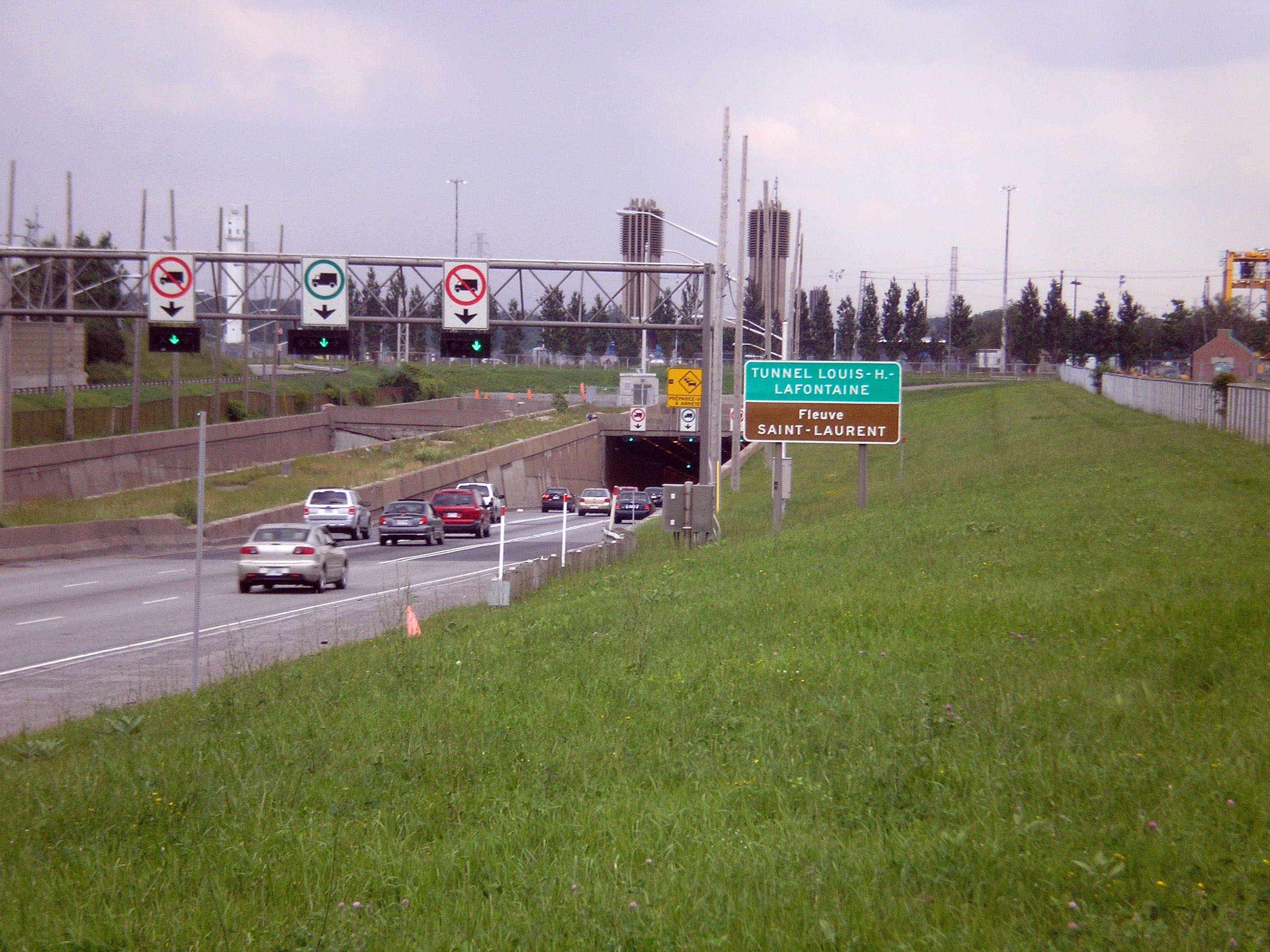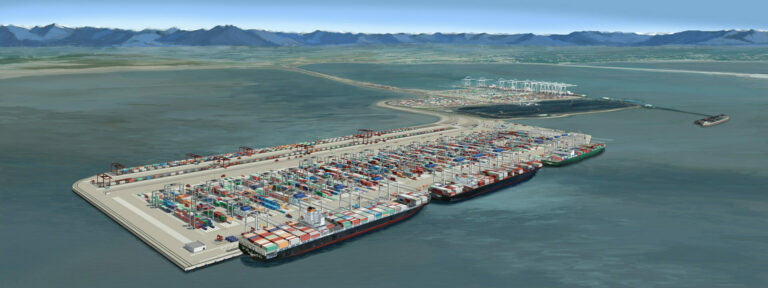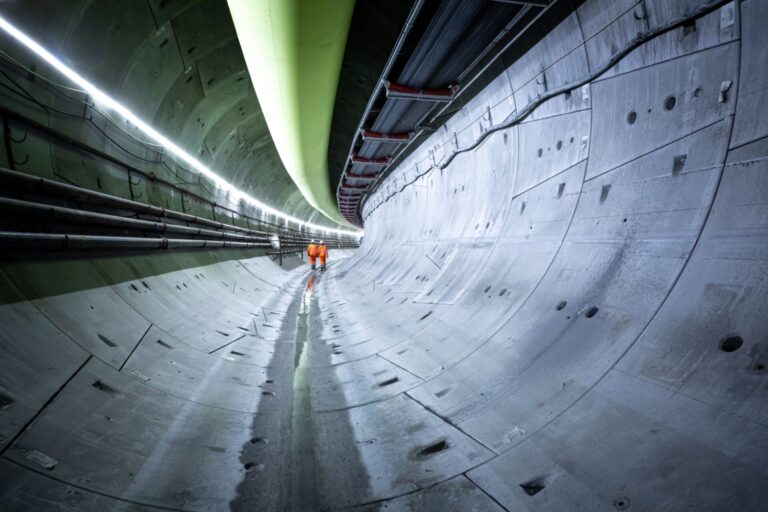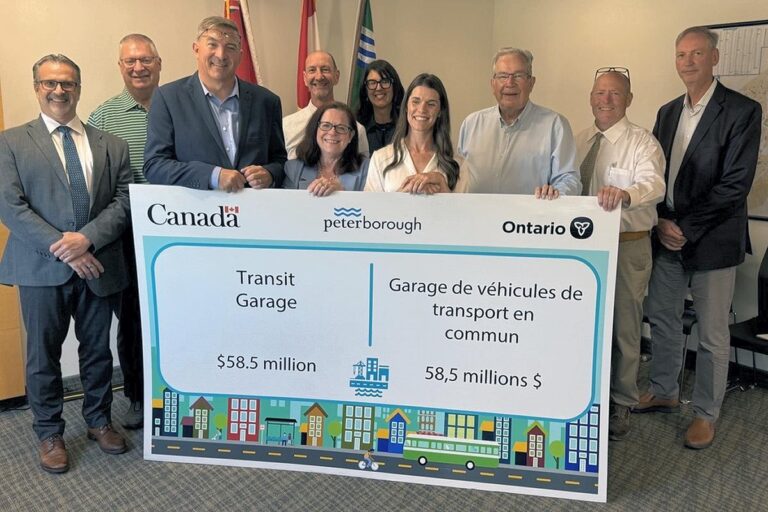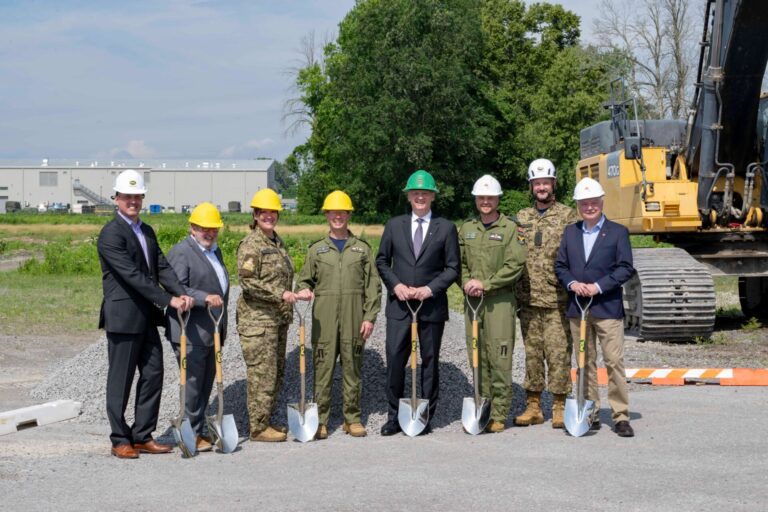The governments of Canada and Quebec will invest in a major rehabilitation of the Louis-Hippolyte-La Fontaine Tunnel in order to maintain and modernize this cross-river link that is vitally important for the mobility of people and goods.
“I am thrilled to announce our support for the Louis-Hippolyte-La Fontaine Tunnel project, which will make a real difference for citizens travelling between Montreal and the South Shore,” said François-Philippe Champagne, Minister of Infrastructure and Communities. “The rehabilitation of the Tunnel will allow users to travel efficiently and safely, as well as support the economic development of the region, of Quebec and of Canada, by facilitating the transportation of goods. In order to tackle the challenges of today and tomorrow, we must continue to work together to build strong and inclusive communities and ensure the success of future generations.”
The Louis-Hippolyte-La Fontaine Tunnel is the longest underwater highway tunnel in Canada, and is an important transportation infrastructure link for the Greater Montreal area. The work will result in the rehabilitation of this infrastructure, increased safety for users, and the modernization of operating systems, such as lighting, electrical systems and fire protection systems. The project also includes the complete reconstruction of the Highway 25 roadway between Charron Island and the Sherbrooke interchange, as well as the construction of infrastructure for public transit along highways 20 and 25.
As a strategic road link for the Montreal region, as well as for Quebec and Canada, for both the transportation of people and goods, this major infrastructure will be preserved for at least 40 years.
The Canada and Quebec governments will together invest over half a billion. Because the large-scale project to rehabilitate the Louis-Hippolyte-La Fontaine Tunnel is subject to the Government of Quebec’s Directive sur la gestion des projets majeurs d’infrastructure publique (directive on managing major public infrastructure projects) and currently in the call-for-proposals process, the overall cost of the project as well as the amount of funding from the governments will be known following approval of the business case.

